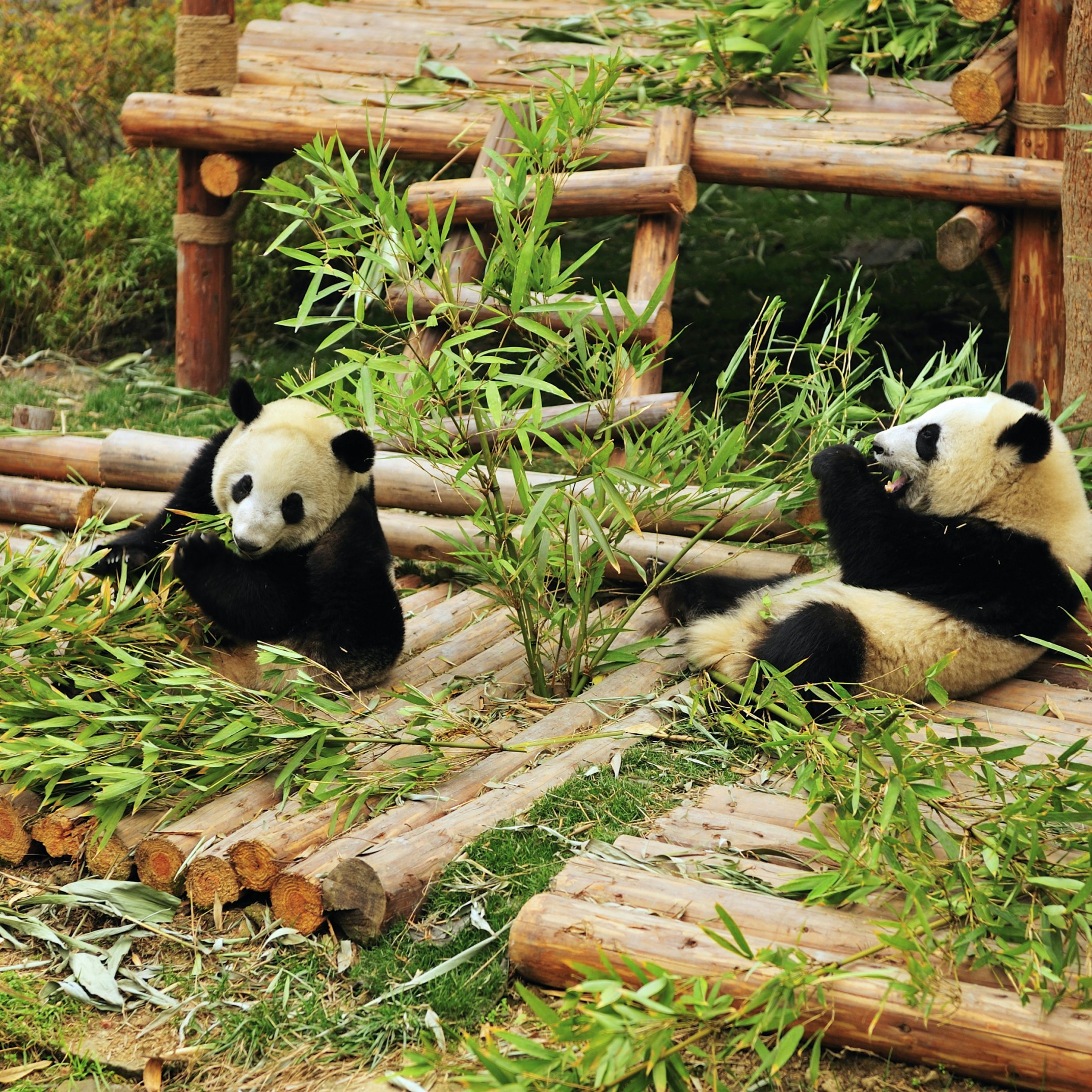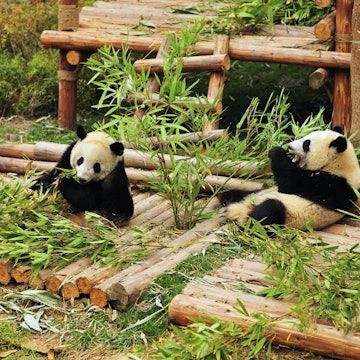
Overview
It's fitting that an ancient form of opera and magic called biànliǎn (face-changing) originated here, for Sichuan (四川, Sìchuān) is a land of many guises. Capital Chengdu shows a modern face, but just beyond its ring roads you'll find a more traditional landscape of mist-shrouded, sacred mountains, and a countryside scattered with ancient villages and cliffs of carved Buddhas.













